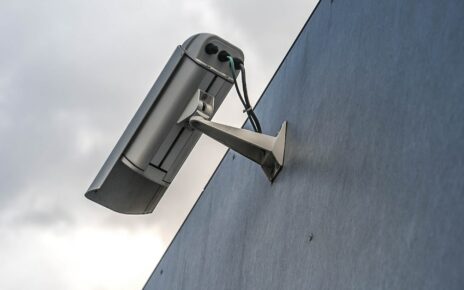The Impact of 3D Printing Technology on Manufacturing
In recent years, 3D printing technology has emerged as a revolutionary force, transforming the landscape of manufacturing. With its ability to create complex, customized objects with incredible precision, 3D printing is reshaping industries across the globe. This article explores the profound impact of 3D printing technology on manufacturing, examining its benefits, challenges, and potential future implications.
Unleashing Design Possibilities
One of the most significant advantages of 3D printing technology is its ability to unleash limitless design possibilities. Traditional manufacturing methods often have limitations when it comes to intricate and complex designs. With 3D printing, however, intricate shapes, intricate geometries, and intricate internal structures can be realized effortlessly. This opens up a whole new world of creativity for designers and engineers, enabling the production of previously unimaginable products.
Streamlining Prototyping and Manufacturing
3D printing technology has revolutionized the prototyping process. In the past, creating prototypes involved significant time and expense. With 3D printing, designers can quickly and cost-effectively create physical models of their designs. This not only speeds up the development process but also allows for rapid iterations and improvements. Manufacturers can now test their designs in the real world, identify flaws, and make adjustments without the need for costly tooling changes.
Additionally, 3D printing technology has the potential to streamline the entire manufacturing process. Traditional manufacturing often involves multiple steps, including mold creation, tooling, and assembly. With 3D printing, these steps can be simplified or even eliminated, reducing costs and production time. Manufacturers can produce complex parts in one continuous process, reducing the need for assembly and minimizing wastage of materials.
Customization and Personalization
One of the most significant impacts of 3D printing technology on manufacturing is its ability to enable customization and personalization on a mass scale. In traditional manufacturing, customization often comes at a high cost, limiting its accessibility. With 3D printing, each product can be tailored to meet individual needs and preferences, all while maintaining the cost advantages of mass production.
This level of customization opens up a wide range of possibilities across various industries. In healthcare, for example, 3D printing allows for the creation of personalized medical devices, prosthetics, and implants. In the consumer goods industry, customers can customize products to suit their unique tastes. This shift towards personalized manufacturing has the potential to redefine consumer expectations and drive innovation.
Sustainable Manufacturing
Another significant advantage of 3D printing technology is its potential to promote sustainable manufacturing practices. Traditional manufacturing often results in substantial material waste due to inefficient production processes. 3D printing, on the other hand, uses only the necessary amount of material, minimizing waste and reducing environmental impact. Additionally, the ability to manufacture products on-demand and closer to the point of consumption can reduce the carbon footprint associated with transportation and logistics.
Challenges and Future Implications
While 3D printing technology holds tremendous potential, it also faces challenges that need to be addressed. Cost and scalability remain barriers for widespread adoption, particularly for large-scale manufacturing. Material limitations, such as the availability of suitable materials and the durability of 3D-printed products, need to be addressed as well. Furthermore, intellectual property and copyright concerns may arise as 3D printing makes it easier to reproduce and distribute copyrighted designs.
Looking ahead, the future implications of 3D printing technology on manufacturing are exciting. As the technology advances, we can expect faster printing speeds, increased material options, and improved overall quality. 3D printing may lead to a shift in supply chains, with decentralized manufacturing becoming more prevalent.



